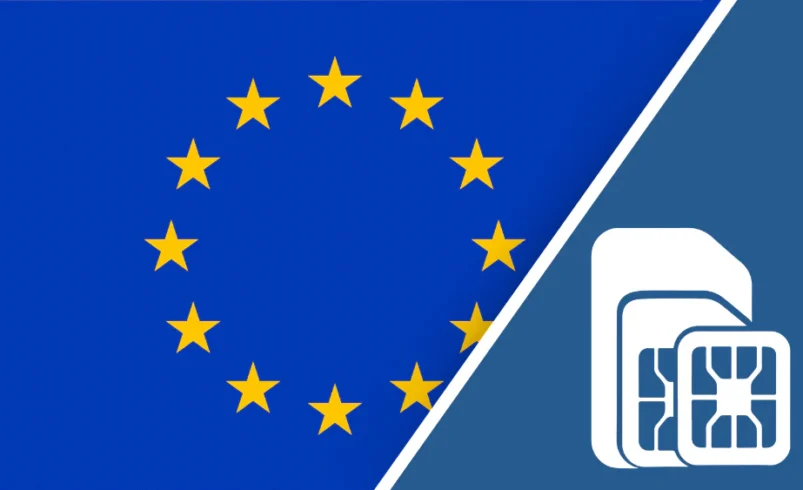How to Choose a Trading Platform

Choosing a trading platform isn’t just a technical step—it can define your results, your strategy, and how much stress you deal with daily. Whether you’re trading crypto, forex, or stocks, not all platforms are built with your needs in mind.
What Makes a Platform the Best for Trading?
The definition of the best platform for trading depends heavily on your goals. Are you a day trader? A long-term investor? A beginner trying to get your first trade through?
For some, speed matters most. For others, it’s about ease of use or access to specific asset classes. A truly solid platform will have a clean interface, real-time data, flexible order types, and responsive support—and none of these are optional.
Regulated platforms also protect you from shady operations. A company operating under actual financial supervision from a regulator, such as CySEC or ASIC, is bound by accountability. That makes a real difference when it comes to your money.
Look at how the platform handles outages, too. In volatile markets, execution delays cost real money. So, test both mobile and desktop versions under stress. Many platforms promise you everything; few deliver when it counts.
Regulation, Reputation, and Security
Before looking at features or fees, check the legal status. Is the platform licensed? Where is it registered? Is your capital insured in any way?
Scams often look great on the surface. In 2022 alone, over $3 billion was lost in fraudulent crypto platforms. That’s why regulatory oversight matters—it provides a layer of transparency and user protection.
Beyond that, dig into user reviews. What do real traders say when things go wrong? Are your withdrawal requests processed quickly? Does the support team respond at all?
A trusted platform won’t hide its policies in fine print. It’ll tell you how client funds are stored, how trades are executed, and what happens during downtime. Basic security features like two-factor authentication (2FA), encryption, and segregated accounts should be considered obligatory.
If the company’s contact page leads to a chatbot and nothing else—that’s definitely a red flag, not a feature.
Hidden Fees and True Costs
Many traders focus on headline commissions but overlook what really eats into profits: spreads, overnight fees, inactivity charges, and currency conversion costs.
Let’s say Platform A advertises zero commission. But every time you trade, they add a 2.5-pip spread and a 1% withdrawal fee. Meanwhile, Platform B has a flat $2 fee but tighter spreads and zero withdrawal charges. Which one is cheaper in the long run?
That’s why you shouldn’t rely on ads or influencer reviews. Use demo accounts. Compare real order execution. Simulate trades over a week, and check your cost breakdown.
Also, avoid platforms that don’t clearly publish fee structures. Opacity is the enemy of good trading. If you’re surprised by hidden costs later, you’ll only blame yourself.
One platform that earns high marks for transparency is the online trading platform by Octa, which lists all trading conditions clearly and provides tools to simulate real trades before going live—useful for both new and experienced traders.
Platform Features That Actually Matter
You don’t need dozens of indicators and fancy widgets. You need speed, simplicity, and reliability. So prioritize platforms that offer:
- real-time market data without lag
- fast execution with minimal slippage
- multiple order types (market, limit, stop loss, trailing stop)
- intuitive mobile apps that sync with desktop versions.
Beyond that, platform stability is critical. Has it crashed during major news events? Does it work with hardware wallets (for crypto)? Can it integrate with MetaTrader or TradingView for deeper analysis?
Also, don’t overlook educational resources. Some of the best platforms for trading candidates offer daily market analysis, strategy webinars, and community features. If you’re growing your skills, that matters.
Finally, support must be human, fast, and helpful. Ideally, 24/7. If you’ve ever waited 3 days for a response about a blocked withdrawal, you already know why this matters.
Making the Final Decision: Test First, Then Trade
Once you’ve narrowed your choices, don’t jump in with real money. Take advantage of demo accounts. Place fake trades. Test the support chat.
Make sure the interface makes sense to you. Can you find your trade history easily? Do order executions feel instant or sluggish?
Ask yourself: if something went wrong, would I know where to go or whom to contact?
If a platform impresses in demo mode, handles live volatility smoothly, offers clear pricing, and makes you feel in control—that’s a strong signal. And if you’re still unsure, remember: the right platform should make you want to trade more, not make you anxious about every step.
Conclusion: Which Platform Is Best for Trading?
There’s no one-size-fits-all answer to which is the best platform for trading. But the right platform for you is the one that aligns with your strategy, protects your money, gives you control, and never gets in your way.
Pick a platform with regulation, real support, transparent pricing, and strong user reviews. Test it thoroughly. Then trust your instincts—and let the results speak.



